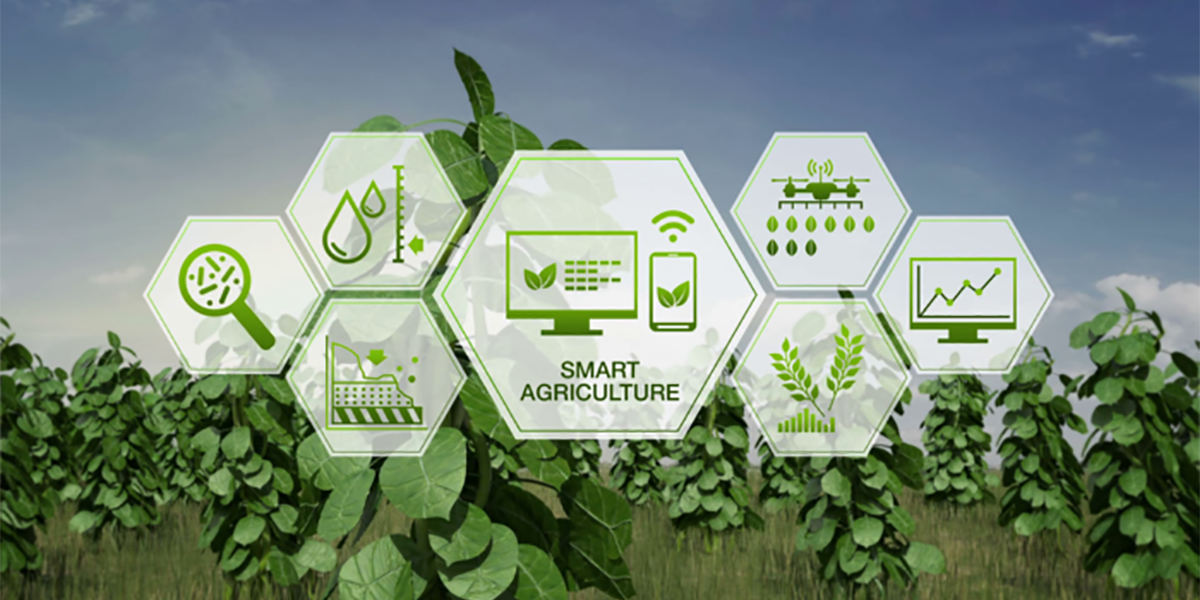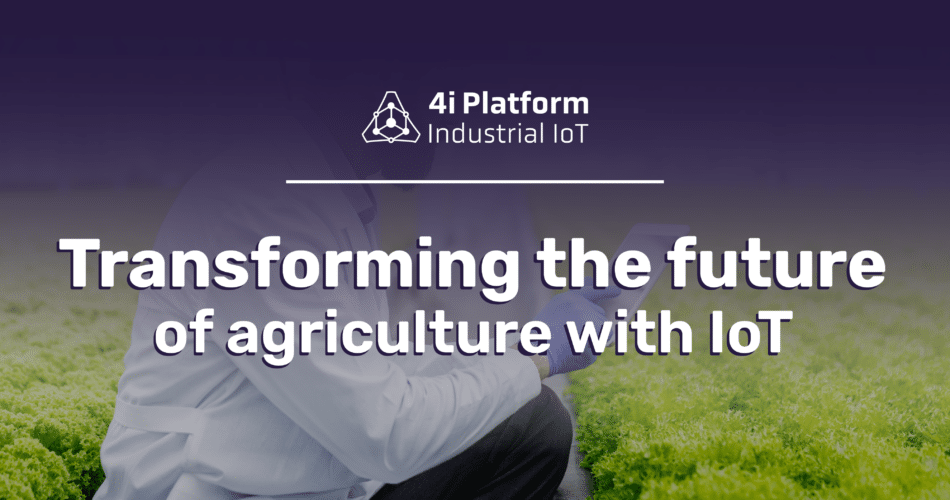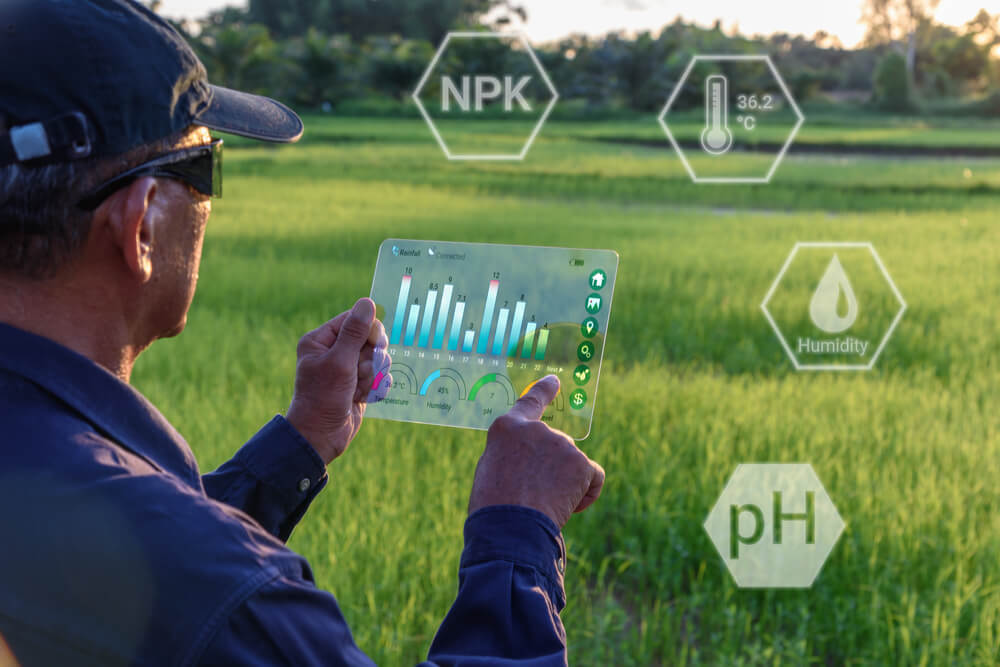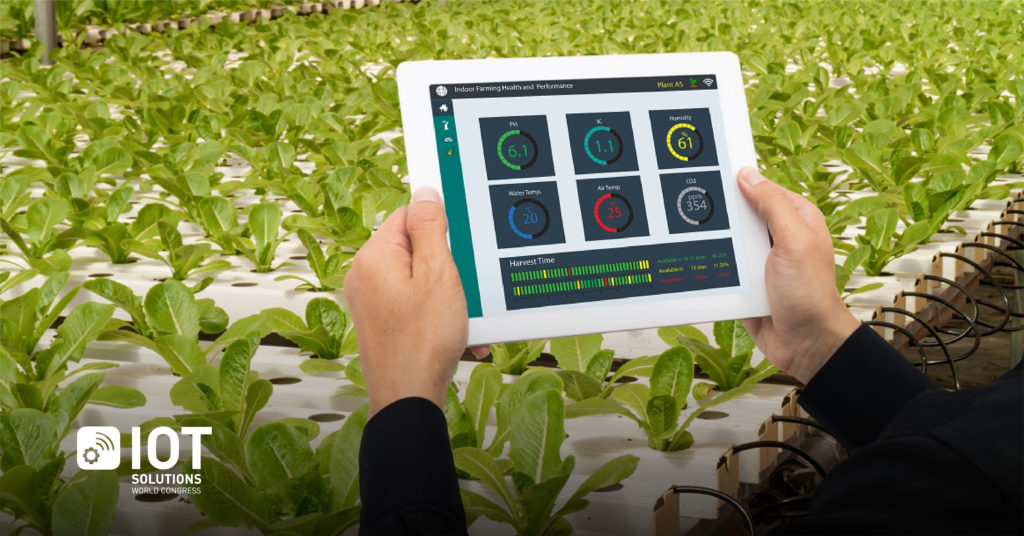Imagine a world where your crops tell you exactly when they need water, or where your livestock send alerts if their health is at risk. This isn’t science fiction—this is the reality of how the Internet of Things (IoT) is reshaping agriculture.
As you strive to increase efficiency and sustainability in your farming practices, IoT offers a revolutionary approach. It’s not just about producing more; it’s about doing so with precision and care. You’re probably wondering how this technology can fit into your everyday operations and what benefits it truly brings.
Stay with us as we explore the ways IoT can boost your productivity, save resources, and ultimately, transform the future of agriculture. Whether you’re a small-scale farmer or managing vast acres, this insight into IoT’s potential could be the key to unlocking a more prosperous future for your farm.

Precision Farming
IoT brings smart technology to farming, enhancing precision and productivity. Sensors monitor crops and soil conditions. Farmers make better decisions, reducing waste and improving yields.
Precision farming represents a groundbreaking shift in agriculture, offering a smarter approach to how we grow our food. With the advent of IoT (Internet of Things), farmers can now use technology to make detailed decisions about their crops and livestock. This means better yields, less waste, and healthier produce. Imagine being able to pinpoint exactly where your soil needs water or nutrients. That’s the magic of precision farming.Understanding Iot In Precision Farming
IoT devices gather data from various parts of the farm, creating a detailed picture of the land’s needs. Sensors monitor soil moisture, temperature, and even plant health. With this information, you can decide precisely when to water or fertilize, optimizing the growth process. This targeted approach leads to less resource use and higher productivity.Real-time Data For Better Decisions
Having real-time data at your fingertips can transform how you manage your farm. Imagine waking up, checking your phone, and knowing exactly which fields need attention today. IoT empowers farmers with insights that are immediate and actionable. This means faster responses to issues and more proactive farming strategies.Personal Experience: A Local Farmer’s Tale
I once spoke with a farmer who had struggled with inconsistent crop yields. After adopting IoT-enabled precision farming, he noticed a significant improvement. He shared how the ability to monitor his fields remotely gave him peace of mind. He no longer worried about overwatering or missing signs of crop disease. His story is a testament to the transformative power of technology in agriculture.Are You Ready For Precision Farming?
Are you curious about how precision farming could benefit your land? Consider starting small, perhaps with a few sensors to monitor soil conditions. Take gradual steps and observe the improvements firsthand. What would it mean for you to know your crops are thriving, thanks to technology? As you explore these possibilities, precision farming could redefine how you view your agricultural practice. Precision farming with IoT is not just a trend—it’s a pivotal change in agriculture. Are you prepared to embrace this future and make smarter, data-driven decisions for your farm?
Smart Irrigation Systems
IoT is changing agriculture with smart irrigation systems. These systems use sensors to manage water needs efficiently. Farmers save resources and boost crop health.
Smart irrigation systems have become an essential part of modern agriculture. These systems use IoT technology to manage water usage efficiently. Farmers can now monitor soil moisture and weather conditions in real-time. This helps in making informed decisions about watering crops.Understanding Smart Irrigation Systems
Smart irrigation systems use sensors to collect data from the field. These sensors measure soil moisture, temperature, and humidity. The data is sent to a central system. Here, it is analyzed to decide when and how much water to supply. This ensures crops get the right amount of water.Benefits Of Smart Irrigation Systems
Smart systems help conserve water. Traditional methods waste a lot of water. With smart systems, water is used only when needed. This reduces water consumption significantly. It also helps in maintaining soil health. Overwatering can damage soil. Smart systems prevent this by providing just the right amount of water.Cost Efficiency And Yield Improvement
Smart irrigation reduces costs. Farmers spend less on water bills. They also save on labor costs. Automated systems need less manual intervention. This increases efficiency. Better water management leads to healthier crops. Healthy crops mean better yields. This boosts farm profitability.Environmental Impact
Using less water means less strain on natural resources. It helps in conserving water bodies. Smart systems also reduce the carbon footprint. Less water usage means less energy consumed. This makes farming more sustainable and eco-friendly. Smart irrigation systems are shaping the future of agriculture. They offer numerous benefits to farmers and the environment.Livestock Monitoring
The Internet of Things (IoT) is changing agriculture. It helps farmers manage livestock better. IoT devices track health and behavior. This leads to healthier animals and higher profits.
How Iot Devices Improve Animal Health
IoT sensors monitor vital signs. They track heart rate and temperature. Farmers can detect illness early. Quick treatment saves time and money.
Tracking Animal Movement
Wearable IoT devices track animal movement. This helps in managing grazing patterns. Farmers see if animals are too active or resting too much.
Feeding And Watering Automation
IoT devices automate feeding and watering. Sensors measure food and water intake. This ensures animals get enough nutrition. It also reduces waste.
Location Tracking For Safety
GPS-enabled devices track livestock location. Farmers can find lost animals quickly. This prevents theft and reduces losses.
Data-driven Decision Making
IoT collects valuable data. Farmers use this data to make decisions. It helps improve farm management and productivity.
With IoT, livestock monitoring becomes easier. It leads to healthier animals and better yields. Farmers enjoy peace of mind and improved efficiency.
Supply Chain Optimization
Supply Chain Optimization is a critical aspect of agriculture, ensuring that products move efficiently from farm to table. With IoT, this optimization is reaching new heights. Farmers and suppliers can now streamline processes, reduce waste, and enhance the quality of produce delivered to consumers.
Real-time Tracking And Monitoring
IoT devices offer real-time tracking of produce from the moment it’s harvested. This technology ensures each step of the supply chain is transparent and traceable. Imagine knowing exactly where your food comes from and how fresh it is before it even hits the shelves.
With GPS-enabled sensors, you can monitor the location of shipments and predict arrival times more accurately. This information helps reduce delays and spoilage. It’s like having a crystal ball for your supply chain.
Reducing Waste And Loss
IoT plays a significant role in minimizing waste. Sensors can alert farmers to changes in temperature or humidity that might affect produce quality. By acting on these alerts quickly, you can prevent significant losses.
Consider how much food is wasted annually due to poor storage conditions. IoT solutions can help solve this problem by providing real-time data to improve storage and transport conditions. It’s a win-win for farmers and consumers.
Enhancing Quality Control
Quality control is no longer a guessing game. IoT devices can monitor produce at every stage, ensuring it meets quality standards. This continuous monitoring means fewer products are rejected at later stages, saving time and resources.
Think about the confidence you’ll have when you know the apples you buy have been monitored for ripeness and quality throughout their journey. IoT makes this possible and practical.
Improving Predictive Analytics
Predictive analytics becomes more accurate with IoT. Data collected from sensors helps forecast demand, allowing you to plan better. Imagine adjusting your planting schedules based on reliable predictions of future demand.
When you can anticipate market needs, you reduce waste and increase profitability. IoT turns data into actionable insights that make your operations smarter.
As IoT continues to evolve, so will its impact on agriculture. Have you considered how these technologies could change your approach to farming? As you harness the power of IoT, the possibilities for optimizing your supply chain are endless.

Conclusion
IoT is changing farming practices. Sensors monitor crops and soil health. Farmers make better decisions with real-time data. Drones and automated systems boost efficiency. This technology saves time and resources. Farmers grow more with less effort. IoT helps reduce waste and improve yields.
Sustainable practices become easier to implement. Technology aids in addressing food security. IoT’s impact on agriculture is significant. The future of farming looks promising and efficient. More innovations are sure to come. Farmers who adopt IoT will likely see benefits.
Embracing this technology is essential for progress.

